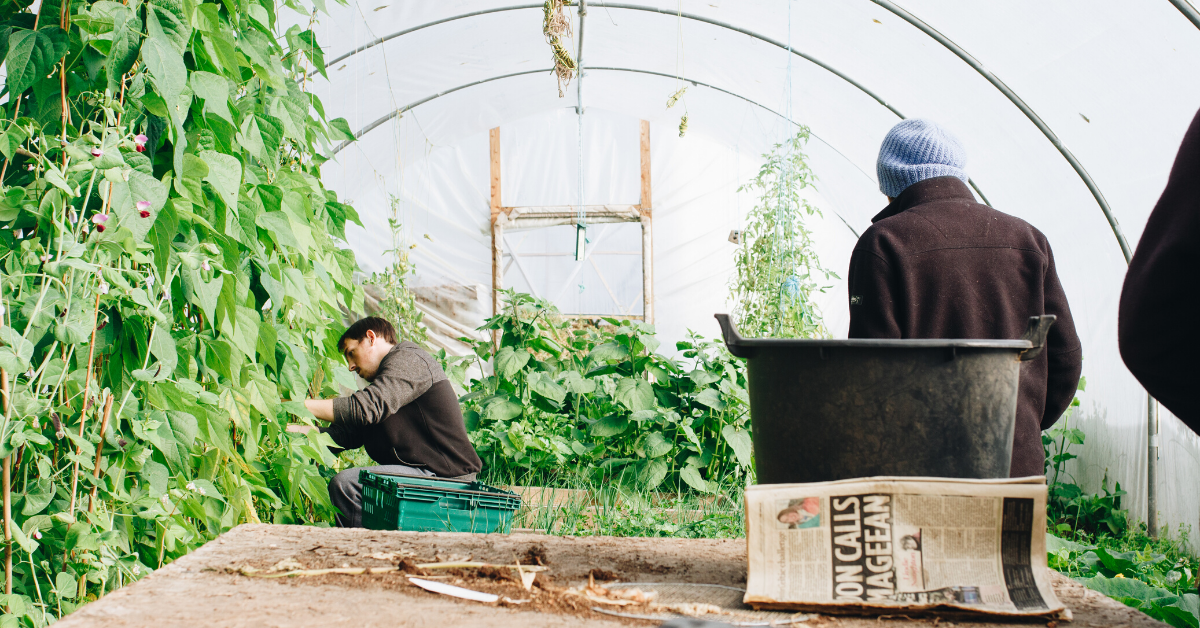
Source: The Guardian
Use of antibiotics on farms in US and Canada about five times the UK level, says report…
The overuse of antibiotics on farm animals is rife in some of the key countries with which the UK is hoping to strike a post-Brexit trade deal, a new report shows, raising fears that future deals will jeopardise public health and British farming.
The US, Australia, New Zealand and Canada all allow farmers to feed antibiotics routinely to livestock to make them grow faster, and in the US and Canada farm antibiotic use is about five times the level in the UK, data compiled by the Alliance to Save Our Antibiotics shows.
Meat produced in this way is cheaper, because the animals grow faster and can be kept in overcrowded conditions. But the meat is soon to be banned in the EU, for safety and public health reasons.
Read full article: https://www.theguardian.com/environment/2020/dec/01/farm-animals-antibiotics-data-raises-post-brexit-trade-fears












